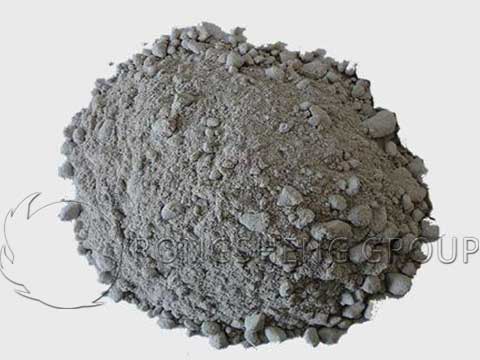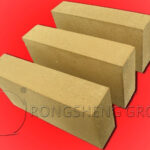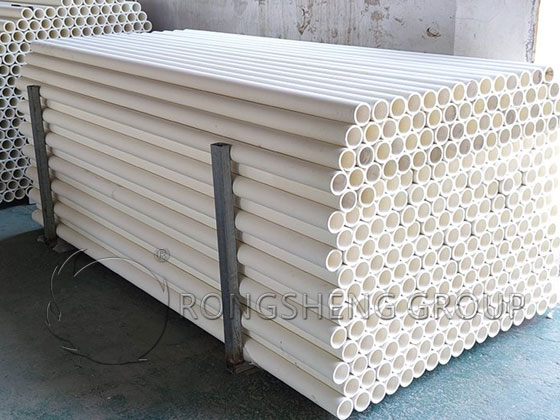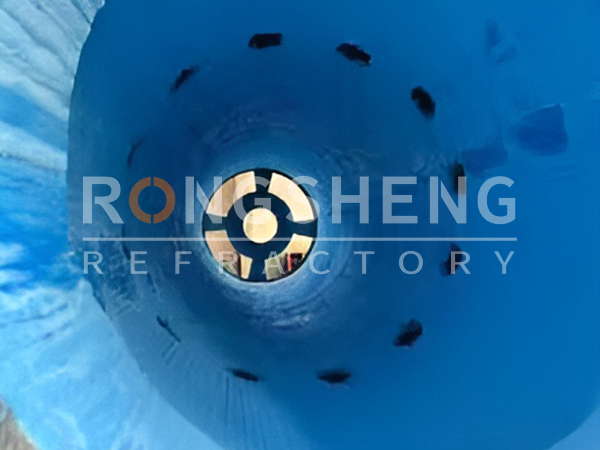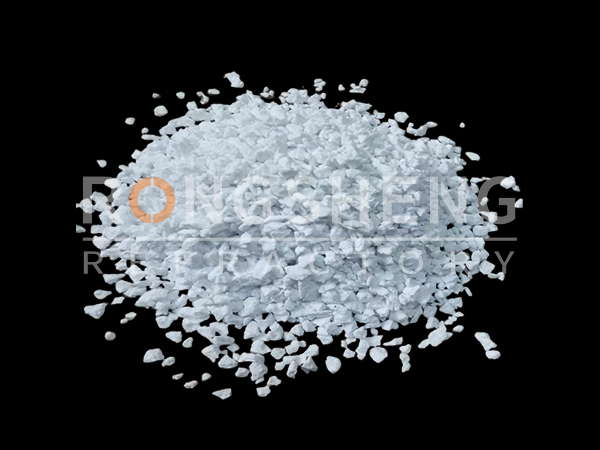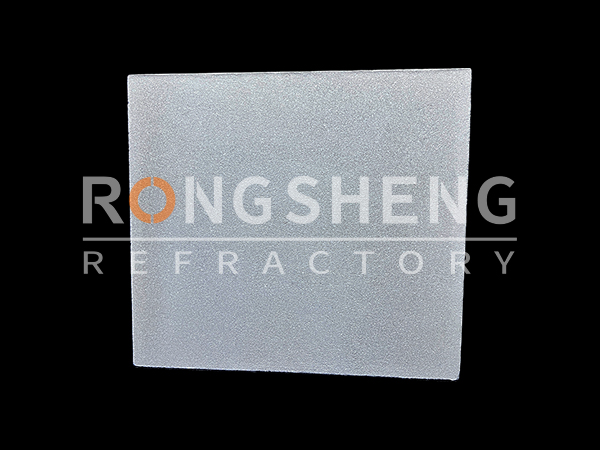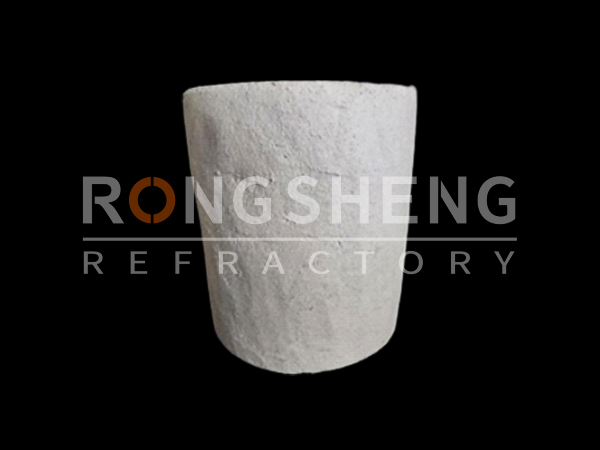An electric arc furnace is an equipment for making steel by using an electric arc occurring between an electrode end and a charge as thermal energy. The development of electric arc furnace technology is to develop DC electric arc furnace, furnace bottom gas stirring and furnace bottom tapping on the basis of high power. The electric arc furnace is composed of a furnace top, a furnace wall, a furnace bottom and a tapping tank. Sometimes, you may confused, How do I choose refractory materials for different parts of Electric Arc Furnace Refractory?
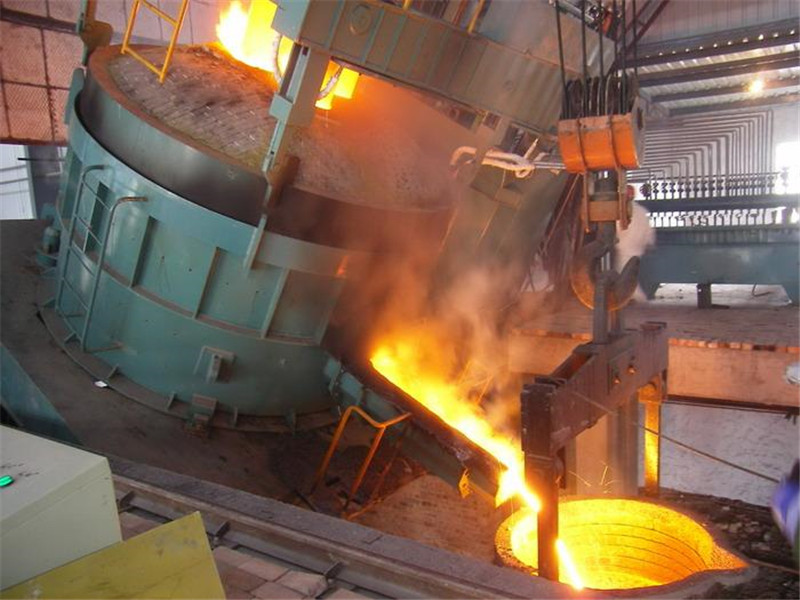
First, Refractory for Electric Arc Furnace Top
High-alumina bricks are commonly used in electric arc furnace roofs, and the alumina content is between 75% and 85%. Compared with silicon bricks, high-alumina bricks are characterized by high fire resistance, good thermal shock resistance, and high compressive strength. Due to the abundant domestic bauxite resources, high alumina bricks have become the main Electric Arc Furnace Refractory Material of roofs, and their service life is about 2-3 times that of silicon brick furnace roofs. With the development of large-scale ultra-high-power electric furnaces, the service life of high-alumina bricks is also decreasing, resulting in the further use of fired or non-fired alkaline bricks such as magnesia bricks and magnesia chrome bricks. It can also be hoisted by merchants by pouring refractory precast parts. Compared with ordinary masonry furnace roofs, it has the advantages of convenient construction, good integrity, strong resistance to arc radiation, and resistance to rapid cooling and heating.
Second, Refractory Materials for Electric Arc Furnace Wall
Electric Arc Furnace wall is divided into general furnace wall, slag line area and hot spots near the arc. Generally, the Electric Arc Furnace wall is mainly made of magnesia bricks, dolomite bricks and periclase bricks. There are also unburned magnesia alkaline bricks and asphalt combined with magnesia and dolomite ramming mass materials. The walls of EAF furnaces for ultra-high-power or special steel smelting are made of magnesia chrome bricks and high-quality magnesia bricks.
The slag line area and hot spots are the weak links of the Electric Arc Furnace wall. Because the life of the furnace wall mainly depends on the degree of damage to the hot spot, the Electric Arc Furnace Lining in this area should be paid special attention. Magnesia chrome bricks were mostly used in the early times, and the life reached 100-250 furnace times. Magnesia-carbon brick masonry is now widely used, which can show excellent high temperature and slag resistance. The service life is significantly improved, reaching more than 300 furnaces.
In order to balance the damage of the furnace wall and extend the life, the furnace wall is also fitted with a water-cooled box or water-cooled jacket. The inner surface of the furnace is sprayed with a layer of refractory coating to form a protective layer of slag, which can effectively reduce the unit consumption of refractory materials. However, the corresponding energy consumption has increased.
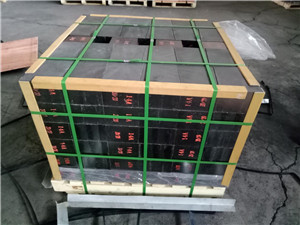
Third, the Refractory for the EAF Furnace Bottom
The EAF furnace bottom and the bank slope constitute the melting pool, which is the place where the charge and molten steel are collected. When the furnace bottom lining reacts with the slag and iron oxide to form a metamorphic layer, during the reduction, it can also become loose due to the reduction of some of the components, which often causes floating due to the intrusion of molten steel. Therefore, the masonry or knotted lining of this part should have the advantages of uniform overall performance, tight masonry, good high temperature performance, high strength, erosion resistance, erosion resistance, good thermal shock resistance, and stable volume.
The knotted lining is made of good magnesia or fused magnesia. Pay attention to the connection and occlusion of each layer during construction. The thickness and density of each layer must be consistent. There is a working layer and a permanent lining under the rammed layer. The working layer is selected from tar asphalt and magnesium. Brick building, permanent lining is mostly made of magnesium brick. In the slag line at the upper part of the embankment, due to the severe erosion of slag, the same or similar lining bricks as the hot spots of the furnace wall are used, such as fused cast magnesia-chrome bricks or combined magnesia-chrome bricks. The use of magnesium carbon brick is better.
The forth, Refractory Materials for tapping
The current method of eccentric tapping at the bottom of the furnace is used to change the furnace body from a tilting type to a fixed type, and a tapping hole is provided at the eccentric position of the bottom of the furnace to replace the tapping slot. Its advantages are: eliminating tilting equipment, expanding the area of the water-cooled wall, mitigating the damage of the furnace lining, appropriately reducing the tapping temperature and shortening the tapping time, thereby reducing the cost.
The eccentric tap hole brick is a bitumen-impregnated fired magnesium brick, the tube brick is a magnesium carbon brick with a resin-bound carbon content of 15%, and the end brick is a magnesia-carbon brick with a resin-bound carbon content of 10% -15%. It is 15% ALO-C-SiC brick. In order to make the tapping smooth, olivine-based coarse sand is often used as the drainage material.
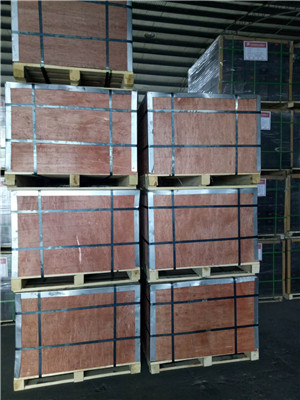
Rongsheng Refractory Manufacturer
Rongsheng is an experienced refractory manufacturer. After at least ten years of development, it now has two refractory production plants. One is a specialized for refractory brick production, and the other is a castable factory production. Our investment in production includes not only a professional technical team, but also advanced production equipment. Our products have passed ISO9001 quality system verification. And exported to more than 60 countries in the world. Such as India, Russia, Vietnam, Korea, Russia, Pakistan, etc.
If you need to buy refractory products, or your electric arc furnace project is about to start or rebuild, please contact us. We will contact you as soon as possible.
